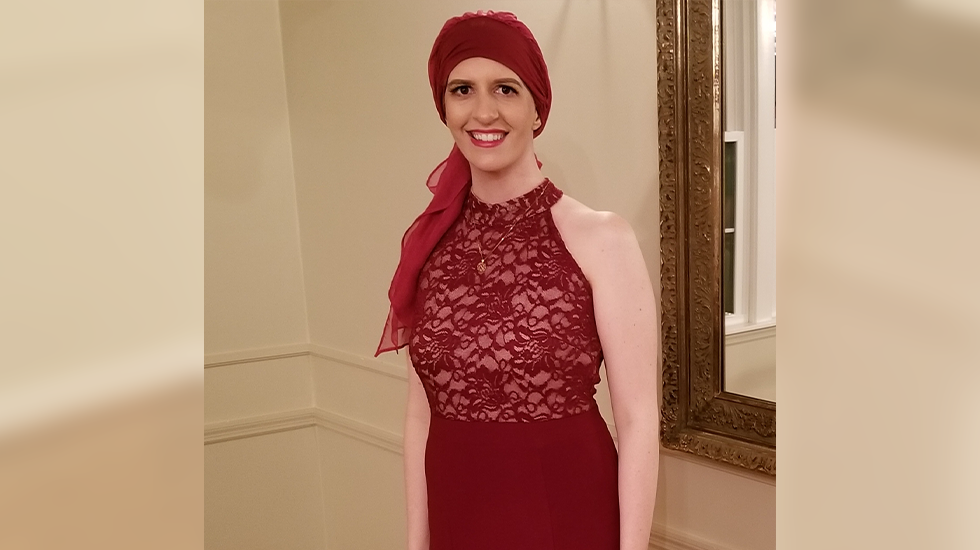


When Jessica was diagnosed with Stage 2 Invasive Ductal Carcinoma (IDC) at age 33 after finding a lump during a breast self-exam in the shower, she went through 16 rounds of chemotherapy, a double mastectomy, 24 rounds of radiation, a hysterectomy, and a 10-hour DIEP flap reconstruction surgery. In addition to all of that, she also experienced a common side effect of breast cancer treatment that can be very emotional: hair loss.
Jessica shares her experience, including the emotional connection to her hair and how she used humor to cope.
“Everyone on my healthcare team was direct and transparent about all the side effects of chemotherapy, but when one nurse saw my long blonde hair, she had a look of dread on her face as she reminded me I would lose it. The thought of losing my hair was worse than actually losing it, because I cared more about sparing the feelings of the people closest to me.
I didn’t want them to see me as this sickly being who lost all her agency and was reduced to merely existing. (I was thrilled, however, to learn I wouldn’t have to shave my legs for several months.)
Losing my hair was the first external sign that I was fighting breast cancer, a disease that has affected four generations of my family—11 women—with no known gene mutation. I knew that going bald would bring up feelings of fear and sadness for my family because it would remind them of those we have lost.
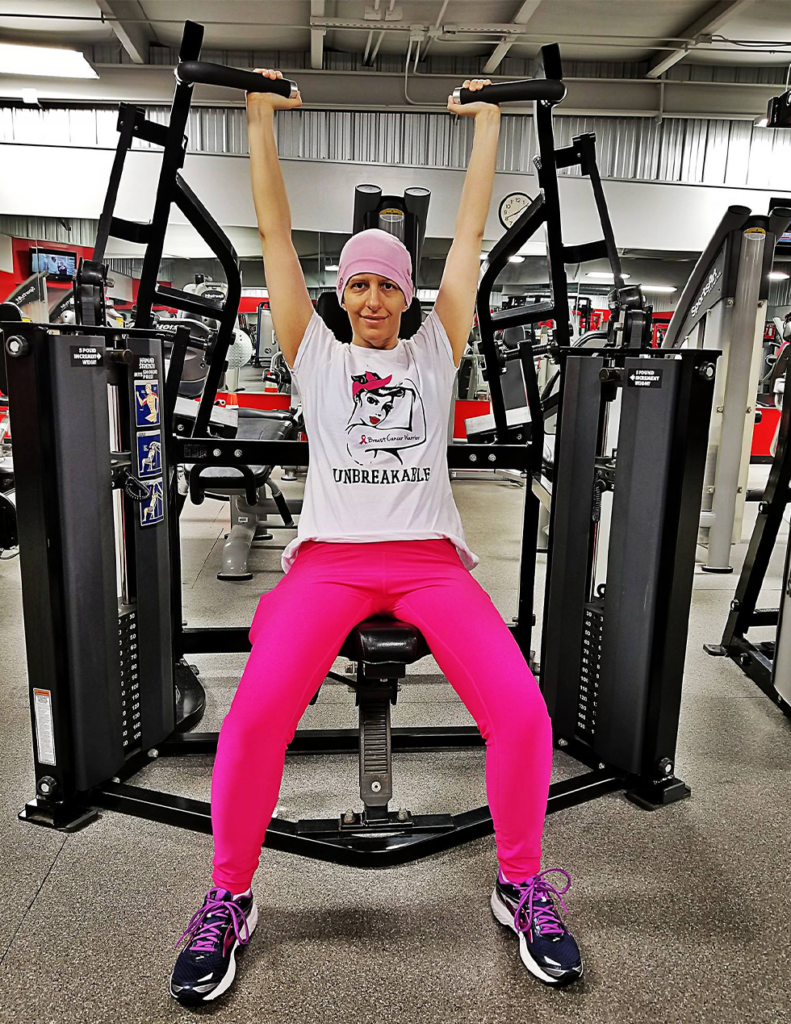
The loss of hair is the first external sign that your breast cancer diagnosis is transforming your body, but getting through that first initial shock prepares you for making difficult decisions. Sometimes when we do something new, our brains tell us, “Oh, no. Don’t do that. It’s scary!” The reality is, new experiences are just that: new. They are not inherently dangerous. Our brains keep us safe by helping us stay within the lines of our normal, but when we are confronted with unforeseen challenges, such as those with breast cancer, we have the capacity to do the hard things.
After my second round of chemotherapy, I knew it would be time to shave my head, and for no logical reason, I decided that if I put my hair on top of my head in a messy bun, I would somehow be able to keep it. But hanging on to what was inevitably dying—my hair—made the experience worse. It matted onto my head and caused immense tension on my scalp, which scared me into thinking I had brain metastasis.
When you don’t let go of something that has no more life in it, it causes more pain.
I called one of my best friends in the middle of the night to come over and shave my head. We made it fun. She gave me a “Karen cut” at first, and I imitated a persona in which I expressed an urgency to speak with a manager. We joked and laughed about it until I was ready for her to shave the rest of it off.
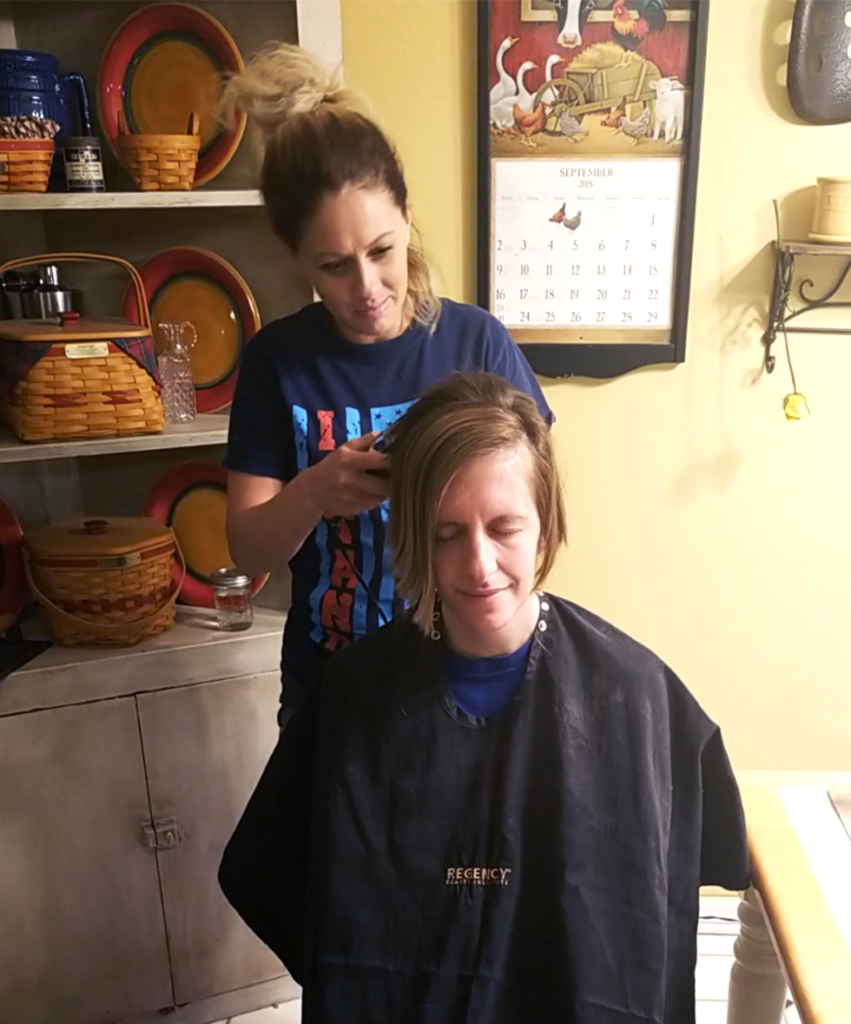
To my surprise, shaving my head brought me immediate relief. I was no longer hanging on to the fear of losing my hair. It was gone, and I could move forward.
When your insurance company is paying for the most expensive Brazilian of your life (because of chemo), humor is often the answer. I made so many jokes because I looked like the love child of Uncle Fester and Britney Spears. In fact, I went as 2007 Britney for Halloween in 2018.
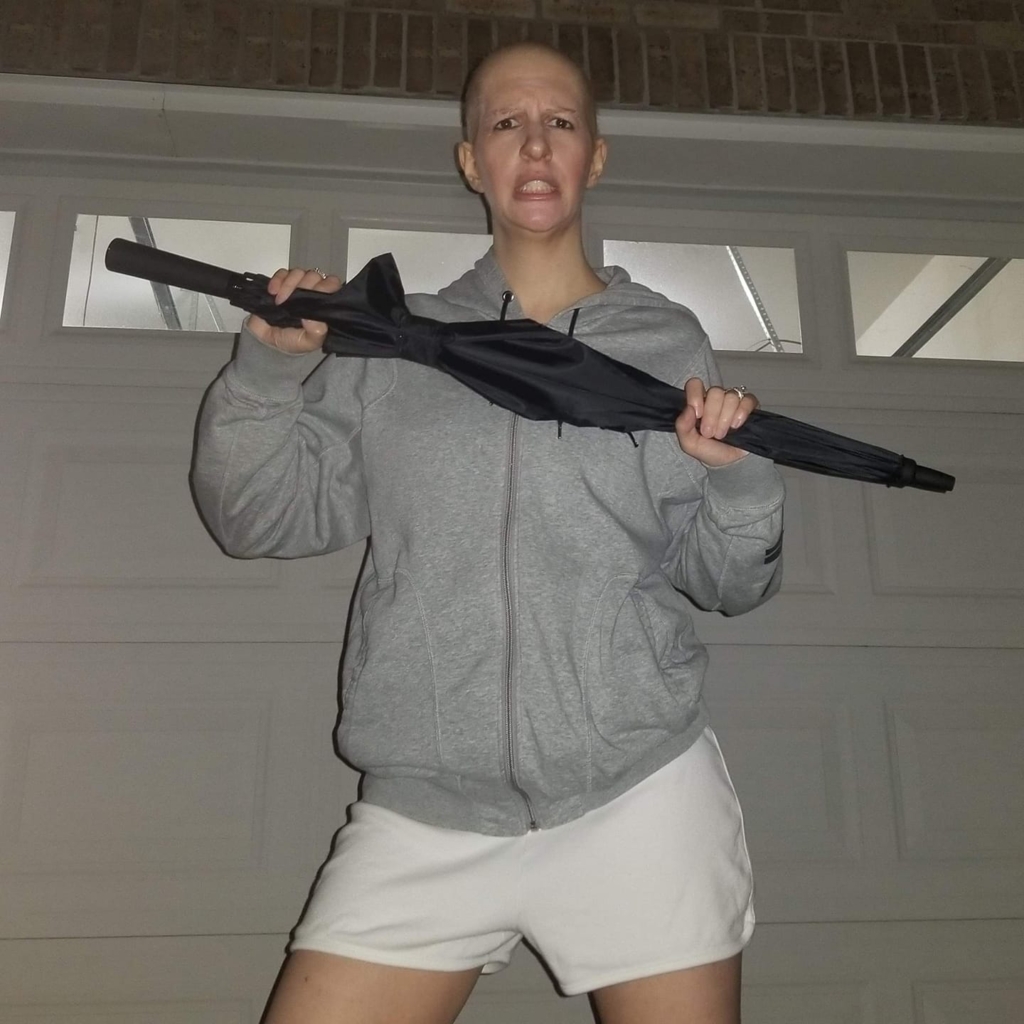
I embraced being bald, but I still felt compelled to protect my friends and family from seeing someone they would perceive as sick, so I wore wraps. I found some with long tails, and they reminded me of having my long hair.
Being bald became convenient. I was ready within 15 minutes every day, and I felt cooler when I had hot flashes without the added weight of hair.
Honestly, regrowing my hair was harder than shaving it because there were so many awkward phases. There was the baby bird phase, the chemo-hawk phase, the alpaca phase, and the mullet phase. My hair was stick-straight before cancer, and I would joke that I couldn’t even get it to bend. It came back curly, which presented me with a unique set of issues for maintaining it.
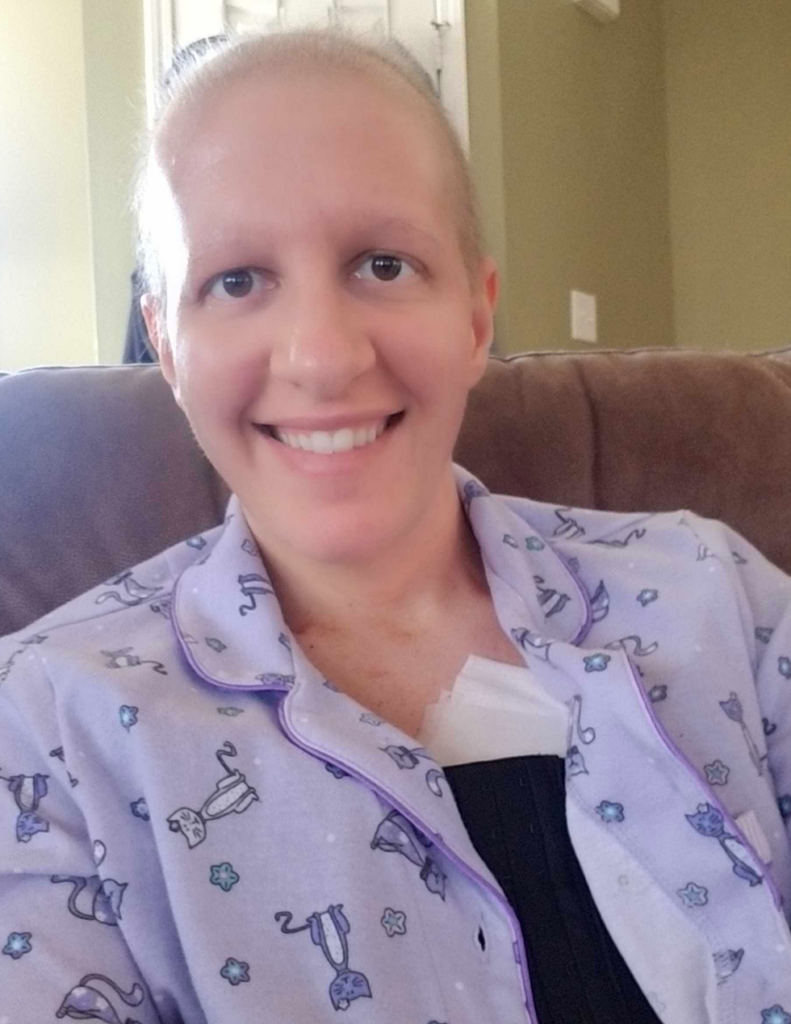
If you are going through this process, my best advice is to honor your feelings:
Anger tells us that something is wrong, and it needs to change.
Sadness tells us that we give value to something.
Fear tells us to plan, to prepare, and to seek help.
Explore your feelings and use them as tools.
While not all cancer treatments will cause you to lose your hair, some treatments, especially chemotherapy, will cause hair loss. Hair loss typically begins gradually within a couple of weeks of starting chemotherapy. You might find clumps of hair in the shower, on a pillowcase, or hairbrush.
Chemo and other cancer treatments can cause hair loss by targeting rapidly growing cells—including hair follicles—which spurs hair loss. It can happen on the head and other areas of the body, depending on the treatment. Hair typically grows back after treatment finishes.
Some breast cancer patients choose to cut their hair in stages, while others prefer a single event. You can look into wigs, hats, and wraps if you prefer to keep your head covered, as well as products for eyebrows and eyelashes.
National Breast Cancer Foundation is here for you and your loved ones. Whether you need support, education, or help during treatment, we have a team dedicated to getting you the help you deserve.
Donations are always appreciated, but there are lots of great ways to get involved.


Jessica! Thank you so very much for sharing your Experience! this will help me so Much! I don’t know what is inshore for me just yet but knowing your story will be with me every step of the way. ❤️
Gracias por este post, fui diagnosticada con cáncer de seno, ya pasé por dos cirugías y en unas tres semanas comienzo quimioterapia. Me asusta perder mi cabello, como a todos los que pasamos por este proceso, pero es bueno leer estos testimonios de personas que lograron ganar la batalla y que sirven de inspiración a otros.
Nos alegra mucho escuchar que este post te dio animos y al igual que esuchar las historias de las que ya pasaron por esto.
Estarás en nuestos pensamientos ahora que comienzas la quimioterapia. ¡Estamos contigo durante este camino!
No dudes en escribirnos si necesitas ayuda, tienes preguntas o si solo necesitas alguien con quien hablar.